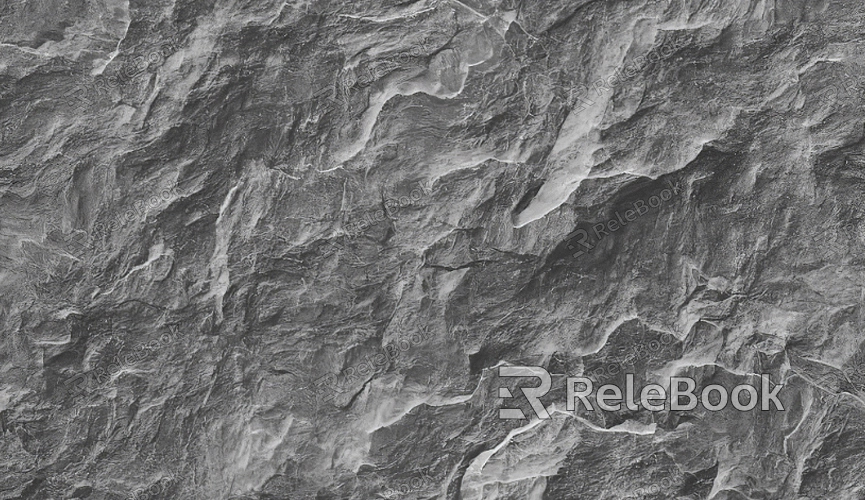How to Combine 2 UV Maps in Maya?
In 3D modeling and animation, UV mapping is a crucial step. It allows a 2D image to be projected onto a 3D model, making it look more realistic. Often, you may need to combine two UV maps to create a more complex and detailed visual effect. This article will walk you through how to achieve this in Maya, helping you improve the quality and efficiency of your project.

Preparation
Before getting started, make sure your model is open in Maya and ready for editing. First, check whether your model’s UV layout is visible and clear. You can do this by using the UV Editor. Also, make sure that the resolutions and proportions of the two UV maps are similar, as this will make the combination process smoother.
Open the UV Editor
Opening the UV Editor in Maya is simple. First, select your model, then click on the "Window" option in the menu bar. From the dropdown, find "UV Editor." Clicking this will open the UV Editor window, where you can see the UV layout of your model.
Import the First UV Map
In the UV Editor, go to the "File" menu and find the "Import" option. Select your first UV map file and import it. After importing, ensure the UV placement matches the surface of your model. If the UV map doesn’t fit, you can adjust its position by moving, scaling, or rotating the UV shells.
Import the Second UV Map
Follow the same steps for the second UV map. Again, go to the "File" menu, select "Import," and choose the second UV map. Once it’s imported, use the UV Editor’s tools to adjust the placement so that the two UV maps visually align and complement each other.

Merge the UV Maps
After both maps are imported and properly aligned, it’s time to merge the UV maps. In the UV Editor, select the UV shells you want to combine, and then use the "Merge" function. This is usually found under the "Edit" menu. Once merged, the two UV shells will become a single unit, allowing the textures to seamlessly blend across the model’s surface.
Adjust the Combined UV Layout
Once the UV maps are merged, you may need to make further adjustments to the new UV layout. Ensure there are no overlapping areas, and check that the UVs are evenly distributed. You can use the "Move" and "Scale" tools in the UV Editor to optimize the layout, ensuring a better overall texture result.
Apply the Material
After combining the UV maps, you’ll need to apply the material to the model. In the Material Editor, either create a new material or use an existing one. Make sure both UV maps are applied to the material, and adjust the texture coordinates so that they display correctly on the model.
Preview the Result
The final step is to preview the combined UV maps. In Maya’s viewport, check the model to ensure that the combined UV maps look as expected. If any issues arise, you can return to the UV Editor to make fine adjustments until you achieve the desired result.
Combining two UV maps in Maya is not a difficult task, but it requires attention to detail and careful adjustments. By following these steps, you can successfully merge multiple UV maps and create more complex and detailed textures for your model. By mastering these techniques, your 3D projects will become more polished and professional. Looking for more high-quality 3D models and textures? Visit the Relebook website for downloads.
FAQ
How can I check if my UV layout is overlapping?
You can use the "Show Overlap" feature in the UV Editor to quickly identify any overlapping areas.
How do I resize UV shells?
In the UV Editor, select the UV shells you want to resize, then use the scale tool to adjust their size.
After merging the UV maps, my textures look blurry. How do I fix this?
Check your UV layout after the merge to ensure there are no overlapping areas and that the UVs are evenly distributed. You may need to re-adjust the texture coordinates if necessary.

